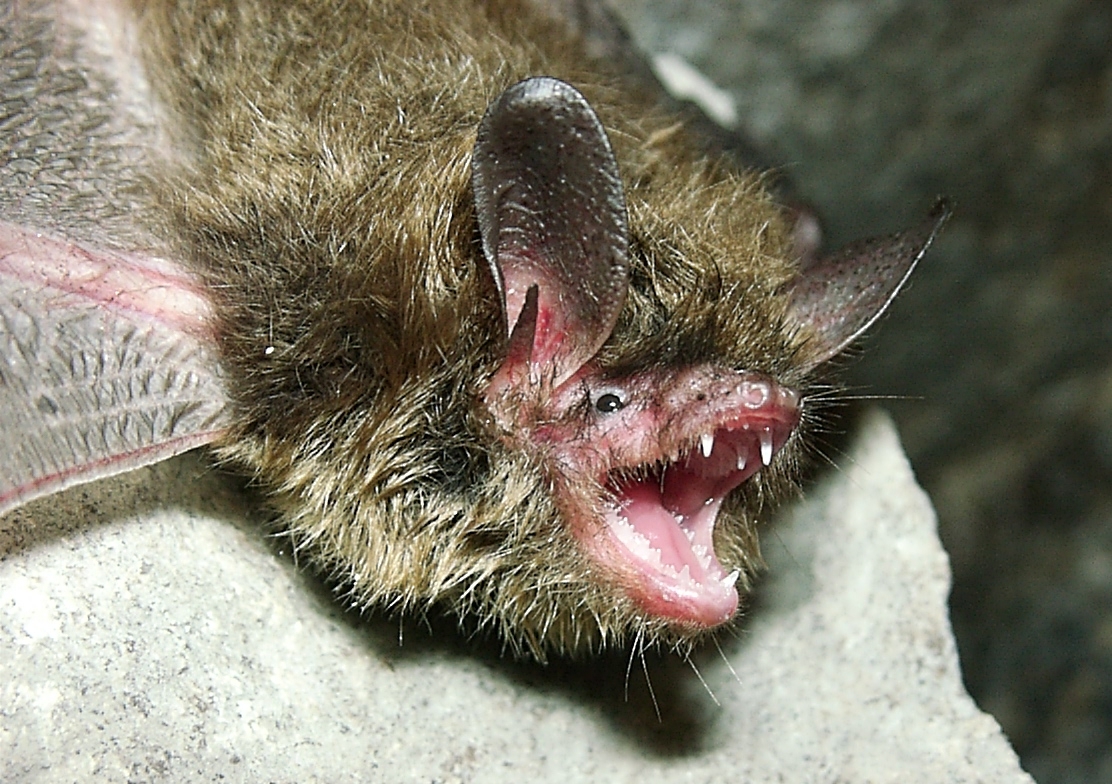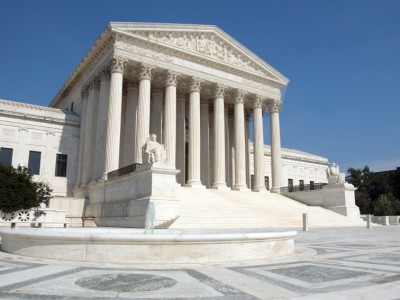Yes, there’s a difference between “endangered” and “threatened” species
Federal district court tells FWS its discretion to choose the less protected designation has limits

A recent ruling from the federal District Court in DC provides an important lesson that the US Fish and Wildlife Service would do well to heed: the agency has limited discretion to find that species are threatened rather than endangered.
Under the Endangered Species Act (ESA), species can be listed as either endangered (“in danger of extinction throughout all or a significant portion of its range”) or threatened (not now endangered but “likely to become an endangered species within the foreseeable future”). The designation determines the degree of management flexibility, especially for animal species (plants get less protection altogether, but that’s a story for another time). Endangered animals are protected against “take,” broadly defined (plants get less protection, but that’s a subject for another day), and may not be the subject of commercial activity. For threatened species, section 4(d) of the ESA allows the listing agency to determine the degree to which those protections apply. That means that endangered species are more likely to get in the way of economic activity than threatened ones. So there’s a certain amount of pressure on the listing agencies to designate species as threatened if possible, and sometimes they succumb to that pressure beyond what the statute permits.
This problem is not unique to the current administration. In 2013, the Obama administration proposed to list the Northern long-eared bat as an endangered species. The chief threat to the bat is white nose syndrome, a disease that has spread rapidly and decimated bat populations since it was first described in 2006. FWS found that bat populations in the northeastern portion of the range had declined by 96% due to white nose syndrome (WNS). The agency concluded that the disease is already found in about 60% of the bat’s range, including the core of that range. FWS acknowledged that there is no known way to slow the spread of the disease, which it expected to extend across the entire range within a few years, causing similar population declines. Nonetheless, it ultimately listed the bat in 2015 as threatened, rather than endangered.
Judge Sullivan remanded the listing decision, concluding that FWS had erred in multiple respects.
Judge Sullivan rejected FWS’s conclusion that because 40% of the range was not yet affected by WNS, and populations outside WNS areas were currently stable, the bat was not yet endangered. Judge Sullivan noted that the western portions of the bat’s range, where WNS has not yet spread, had always been more sparsely populated, and a large portion of the bats there might be summer residents who spend their winters in areas subject to WNS. FWS failed to articulate a rational explanation for why, even if WNS never affected the western range, those populations would would be sufficient to qualify the species as a whole as threatened rather than endangered.
Although Judge Sullivan did not emphasize it, it seems critical that FWS expects the bat’s entire range to be subject to WNS within 13 years or less. Since there is no way to prevent the spread of disease, that short delay does not perceptibly lessen the risk of extinction. It merely extends the timeline. FWS has confused those two in other cases as well, including that of the polar bear. The focus should be on the predictability of threats affecting the species, and therefore on the need to control threats. There would be little point in waiting until WNS actually hits the rest of the range (or in the case of the polar bear, ice cover shrinks further) to increase protections for the species, when it’s known now to a high degree of certainty that the disease will spread (or the ice will recede). Only by listing it as endangered now and imposing the full protections of the law can the species be conserved.
Judge Sullivan also found that FWS had failed to consider the potential cumulative impacts of other stressors, such as tree removal, in combination with WNS; that it had improperly failed to provide sufficient notice of and opportunity to comment on its application of its understanding of the definition of “threatened” to the bat; and that FWS cannot decline to consider whether the species is endangered in a significant portion of its range simply because it has decided the species as a whole is threatened.
FWS did get one win — applying Skidmore deference, Judge Sullivan decided that the agency’s determination, first announced in the context of the polar bear listing, that endangered status applies only to species “on the brink of extinction” was persuasive and therefore valid.
Does any of this actually matter? What difference would endangered versus threatened listing make, given that a disease with no known control is the major threat? It turns out that the difference might be substantial.
An endangered listing is more protective, or perhaps more accurately, is protective in ways that are less subject to agency manipulation under political pressure. Endangered (animal) species are protected against take, including unintentional harm or harassment, unless FWS issues an incidental take permit for the specific proposed activity. Permit issuance requires affirmative findings that the specific activity proposed will not jeopardize the species’ continued existence and that its impacts will be minimized and mitigated to the maximum extent practicable. By contrast, for threatened species FWS can issue what is called a 4(d) rule (because it is authorized by ESA section 4(d)), allowing whole categories of activity without any individualized review.
Indeed, FWS issued a strikingly broad 4(d) rule for the bat, authorizing all forms of incidental take outside areas affected by WNS, and all incidental take within WNS areas with the minor exceptions of take within the caves in which the bats hibernate and cutting of trees known to support maternity roosting or very close to known maternity trees. With that rule in effect, the listing will have almost no impact on economic activity within the bat’s extensive range. It also will do almost nothing to conserve the bat. If the bat must be listed as endangered, however, as Judge Sullivan’s opinion strongly suggests, there cannot be a 4(d) rule, and activities within the bat’s range that will cause incidental take will need to go through individualized permit review. That’s likely to make a noticeable difference both to the amount of logging and other development permitted, and to the bat’s population status.
The difference between endangered and threatened listings may be even more important now, given the Trump administration’s changes to the ESA regulations. Prior to those changes, FWS gave all threatened species the full protection of the ESA’s take provision. Now (pending the outcome of ongoing litigation), threatened species will get only any protections announced in a 4(d) rule. That makes it all the more critical that the line between threatened and endangered species be drawn in a defensible, and understandable, location.
Judge Sullivan’s opinion is a good step toward ensuring that FWS does not entirely erase the line, and in so doing effectively erase key ESA protections for species that need them.
Reader Comments
One Reply to “Yes, there’s a difference between “endangered” and “threatened” species”
Comments are closed.








Other reasons to support the endangered designation include maximizing populations to increase the possibility of the bats evolving a resistance to WNS, and maintaining bat populations in habitat refugia that may not be ideal for bats but may be somewhat less likely to support WNS.
Similar reasons could apply to other listed species. Don’t take chances with species that have threats coming at them.